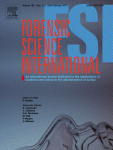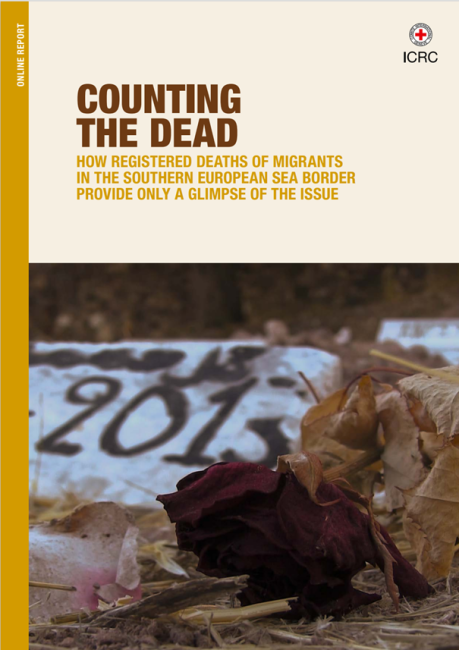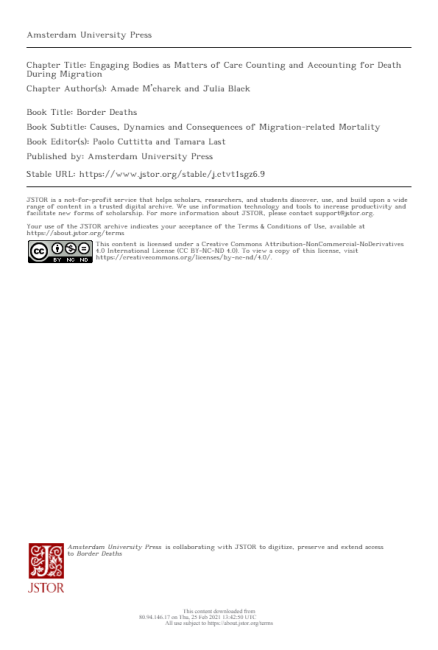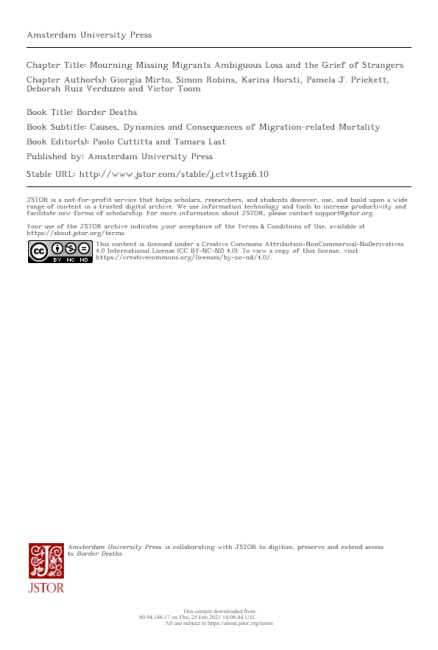
Unidentified bodies and human remains: an Italian glimpse through a European problem
The identification of cadavers (the main activity of forensic odontologists and anthropologists) is a crucial issue in forensic pathology, but the official entity of this problem is still poorly known in most countries, apart from a few American reports. In this article the authors present a descriptive study of unidentified decedents over a 14-year period (1995–2008) in Milan. The number of cadavers or human remains arriving at the morgue with no identity amounts to 454 – 3.1% of all autopsies at the Institute of Legal Medicine, with a mean of 32 unidentified subjects every year; 62% reached a positive identification in a period of time ranging from a few days to 10 years. 17% on an average remain unidentified. Most identification processes involved forensic odontology and anthropology. This study aims at revealing the problem and hopefully may provide some food for thought for forensic pathologists, anthropologists and odontologists so that they may focus on this issue and on possible solutions in their countries.






